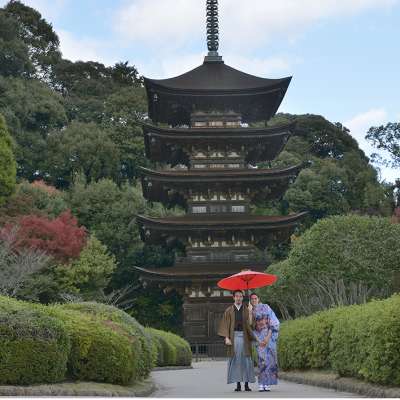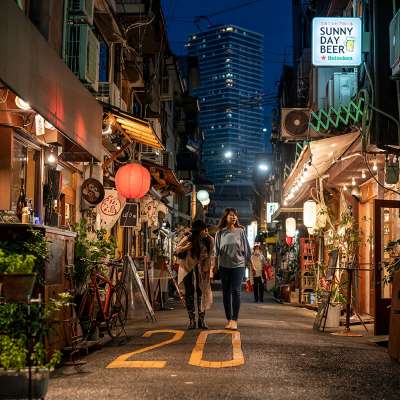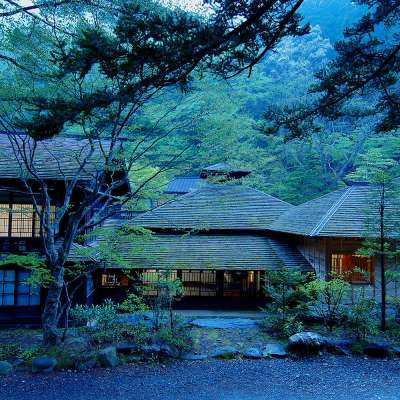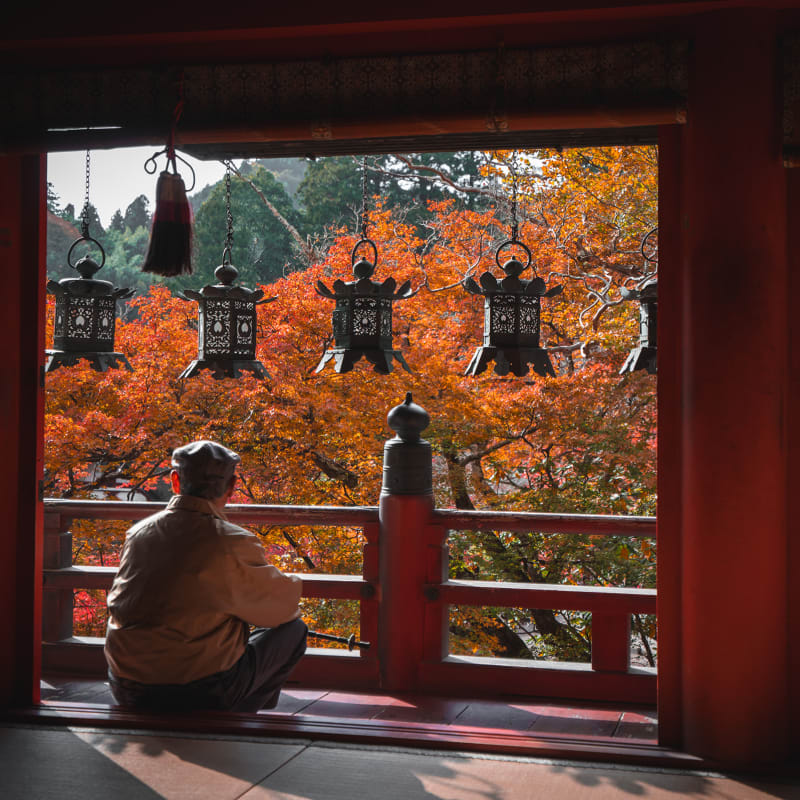-
- 简体中文
- 繁體中文(香港)
- 繁體中文(臺灣)
- India (English)
- Bahasa Indonesia
- 한국어
- ภาษาไทย
- Tiếng Việt
- Singapore (English)
- Philippines (English)
- Malaysia (English)
- Australia/New Zealand (English)
- Français
- Deutsch
- Italiano
- Español
- United Kingdom (English)
- Nordic countries(English)
- Canada (English)
- Canada (Français)
- United States (English)
- Mexico (español)
- Português
- العربية
- Japan(日本語)
- Global (English)
-
Destinations
-
Things to Do
-
Plan Your Trip
-
Articles
- JAPAN Monthly Web Magazine
- Tradition
- Arts & Cultures
- Cuisine
- Nature & Outdoor
- Shopping
- Relaxation
- Festivals & Events
- All
- Insider Blog
- Things to do
- Local Guides
- Outdoor
- Food & drink
- City life
- Culture
- Traditional
- Adventure
- Consumer
- All
Use the
Planning a Trip to Japan?
Share your travel photos with us by hashtagging your images with #visitjapanjp
Living Art of Bonsai in Takamatsu
HOME > Japan’s Local Treasures > Living Art of Bonsai in Takamatsu
See and experience first-hand 200 years of tradition and exquisite craftsmanship
Takamatsu City
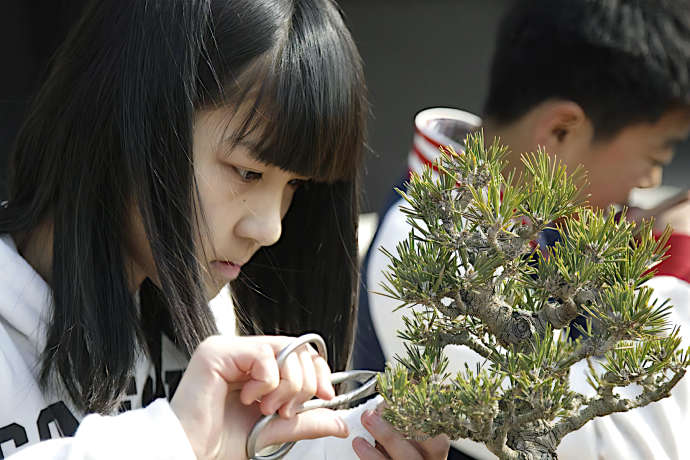
Did you know bonsai is something that can be a part of your everyday life? From children to adults, you don’t need to be an expert to appreciate their beauty. Experience these ancient art form in the heart of bonsai country, Takamatsu City. A lively port town in Kagawa Prefecture, Takamatsu is Japan’s top producer of bonsai plants, mainly pine varieties. With 60 bonsai nurseries scattered in Kinashi and Kokubunji areas, pine bonsai trees grown in Takamatsu account for approximately 80% of the national market share.
The climate and conditions of Takamatsu, with warm temperatures that do not fluctuate dramatically throughout the year, little rain, and good drainage, are ideal for growing pine trees. The history of Takamatsu bonsai farming started roughly 200 years ago, when trees were picked from the nearby mountains and planted in pots to be sold, or so they say. Today, Takamatsu bonsai is globally renowned, and the city has been attracting bonsai lovers from all over the world.
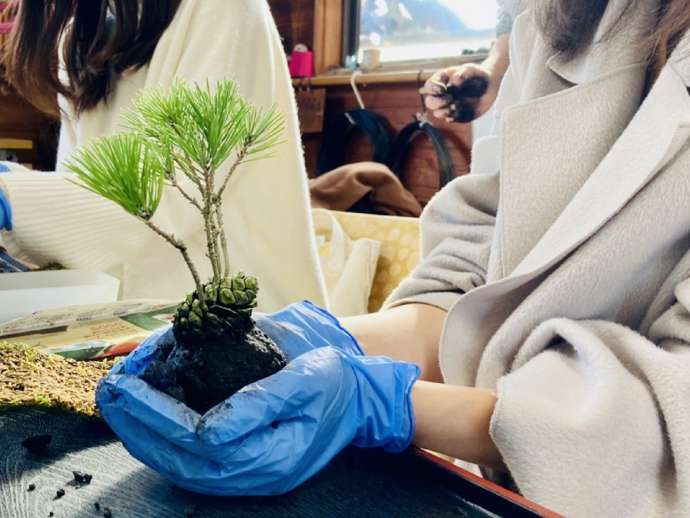
Visit the neighboring Kinashi and Kokubunji areas to learn more about this living works of art. When you walk down a road, you see pine trees planted like vegetables here and there in the fields, a sight to behold even in Japan. Most of the bonsai nurseries are open to visitors and both beginners and enthusiasts can enjoy touring the bonsai fields, making kokedama moss balls, and other fun activities. There are also beautiful bonsai gardens that can accommodate international visitors. An authentic bonsai experience awaits you in Takamatsu!

How to get there
Kinashi Area: From Takamatsu Station, take the JR Yosan Line to Kinashi Station (about 7 minutes).
Kokubunji Area: From Takamatsu Station, take the JR Yosan Line to Hashioka Station (about 10 minutes).
Bonsai Area in Kinashi: Kinashi, Takamatsu-shi, Kagawa-ken
Bonsai Area in Kokubunji: Kokubunji, Takamatsu-shi, Kagawa-ken
Links
More Information
Shikoku Region | JNTO Official Website
Kagawa Prefecture | JNTO Official Website
Recommended article
- Home
- Japan’s Local Treasures
- Living Art of Bonsai in Takamatsu
































































